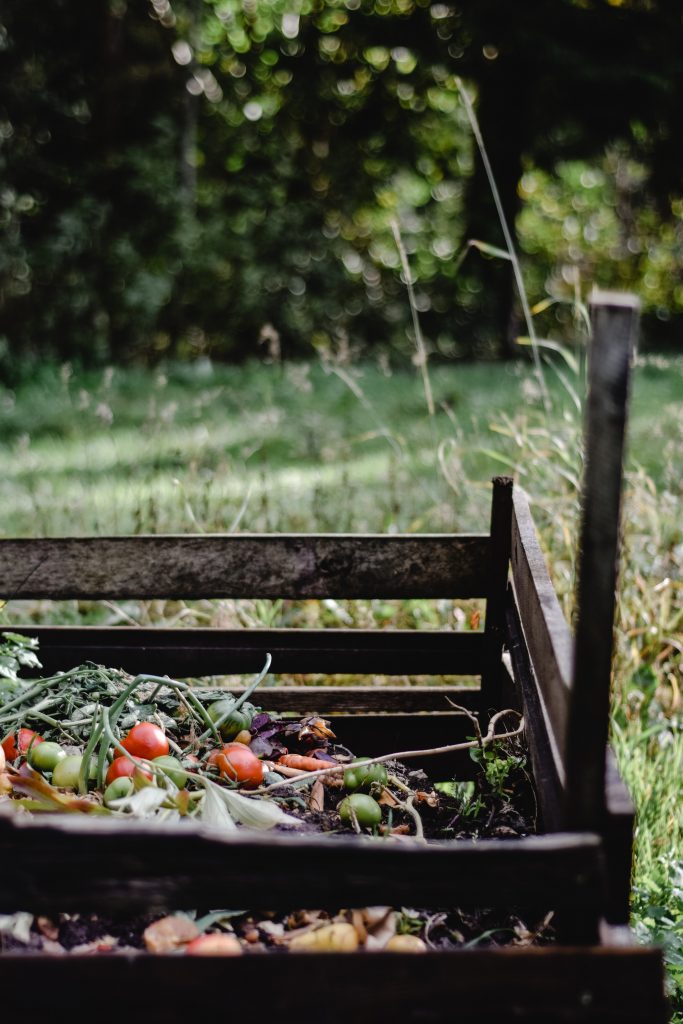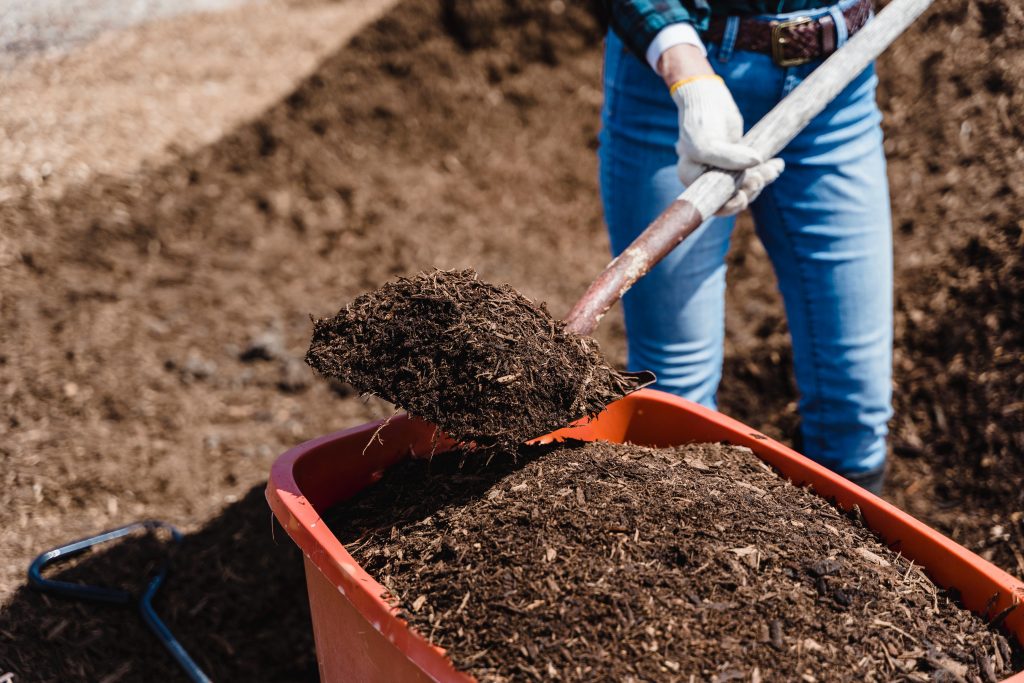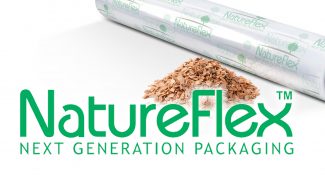Let’s take a closer look at the wonderful world of composting. What is it? How do I do it? What can & can’t be composted? Time to find out.
Composting is a great environmentally conscious way to reduce your contribution to landfill. It can easily be done at home, or in some cases, for products that require special treatment, they can be taken to commercial composting facilities, (many councils accross Australia offer services like this, so make sure to check in your local area).
At a glance there are many benefits to composting. They include but are not limited to:
- It can enrich soil which reduces the need for chemical fertilizers
- It helps soil retain its moisture content, and helps promote the growth of beneficial bacteria and fungi
- It’s a great way to keep your garden healthy, and just one of the many reasons to switch to compostable packaging.
What is Composting?
Composting refers to the process of producing compost through aerobic decomposition of biodegradable organic matter. The decomposition is performed primarily by aerobes, although larger creatures such as ants, nematodes, and worms also contribute.
Compostable products are generally made from natural, plant based materials such as wood, paper, or other plant fibres such as Sugarcane or Bamboo pulp. There are different types of compostable products which also require different composting processes.
Some are suitable for home compost systems and worm farms, while others require a specific set of conditions only available at commercial composting facilities, we will examine this later in the article.
Why use Compostable Products?
The benefits of composting food packaging is that it has a minimised effect on the environment. If it is disposed of correctly it won’t contribute to landfill, which is a big plus. When processed, these products are turned into compost which can then be used to create soil, fertiliser or even renewable energy. If composted at home, you’re left with healthy soil, and a happy garden. This encourages a circular economic system aimed at eliminating waste and the continual use of new resources.
In short, compostable packaging is more sustainable, and better for the environment.
Home or Commercial Composting?
There are two types of composting; home composting and commercial composting. Both techniques use the same biological processes, however certain factors must be considered.
Home composting can take place in the backyard, generally in a composting drum. Here, you can dispose of food waste, as well as products made from natural materials (refer to list below). Home composting is great for everyday purposes.
Commercial composting facilities on the other hand can create very specific climatic conditions which cannot be replicated in the home composting process. Certain kinds of materials, such as PLA (poly-lactic-acid), though it is also made from plant based materials, require special conditions in order to completely break down.
Commercial composting is a growing industry. Though not all council areas in Australia offer this kind of waste management, we are seeing a steady increase in demand; both from the hospitality industry, as well as regular Australians. We recommend contacting your local council for more commercial composting information.

Products Suitable for Home Composting:
(These products can also be processed at a commercial composting facility).
- Wooden serving ware: pine boats, cones and cups
- Sugarcane bagasse or bamboo pulp fibres: plates, trays, cups and clamshells
- Wooden cutlery: forks, sporks, knives, spoons, teaspoons
- Cardboard and paper goods: trays, sleeves, cup trays, pizza boxes, paper bags, napkins, greaseproof paper
Products Only Suitable for Commercial Composting:
(These products will not decompose correctly if composted at home).
- Paper cups with a PLA lining
- Food containers or cups with a PLA lining
- Clear cups and deli containers made with PLA
- PLA cutlery
The bioplastics in our range are produced from PLA (poly-lactic-acid) which is harvested from corn starch. The advantage this material has over plastic is that it is natural, and annually renewable. The production of PLA also produces fewer greenhouse gas emissions compared to conventional plastic production. PLA can be composted in commercial compost facilities. Click here for more information about PLA and here for further information about BioPlastics
Composting is a great environmentally conscious way to reduce your contribution to landfill. It can be done at home, or for products that require special treatment can be taken to commercial composting facilities.

Compostable Materials Include:
Sugarcane Bagasse/Pulp:
Sugarcane bagasse is the dry fibrous residue left after sugarcane stalks have been crushed primarily in sugar manufacturing. The process of using the pre-crushed fibres to make products uses less energy when compared to pulping new wood for paper products. This material is recyclable but also a great choice for home composting.
Bamboo Pulp/Paper:
Bamboo is fast growing and regenerates quickly; it rarely needs replanting and does not require irrigation. Sugarcane bagasse and bamboo products are made to decompose in commercial composting facilities within 60-90 days. However they are also suitable for home composting. Please note that composting may take longer in a home composting environment. Complies with ASTM D6868 and EN13432 reports for compostability.
FSC Certified Wood & Paper:
The Forest Stewardship Council (FSC) is responsible for the sustainnable management of many forests and plantations around the world. The FSC ensures that wood is farmed sustainably and with minimal damage to delicate ecosystems. Products listed as FSC certified use these renewable resource in manufacturing. E.g. paper cups that are lined with PLA are only compostable in commercial composting facilities. Wooden cutlery is both home and commercially compostable.
Areca Palm Leaves:
One of our favourite product lines is our range of Palm Leaf Plates. They are made from fallen fronds collected from the Areca palm. This range of products is a remarkably inventive way to re-use something that would have otherwise been discarded. Instead, the leaves are turned into disposable plates, bowls and platters, which are naturally home compostable. Areca is a strong, semi flexible, odourless, water and heat resistant leaf. The leaves are collected, sorted, washed and heat pressed into a variety of shapes. Each product is unique with a natural grain. No pulp or starch is added. Areca palm leaf products are both home and commercially compostable.
PLA Bio-based Plastic:
Ingeo PLA (Polylactic Acid) biobased plastic is produced from corn. The production of PLA produces fewer carbon emissions when compared to conventional plastic. PLA bioplastic products are only commercially compostable. Please note that PLA bioplastic products such as cups and containers are heat sensitive and must be stored out of direct sun or other heat sources. Make sure to keep PLA in a cool dry place under 35 degrees C.





